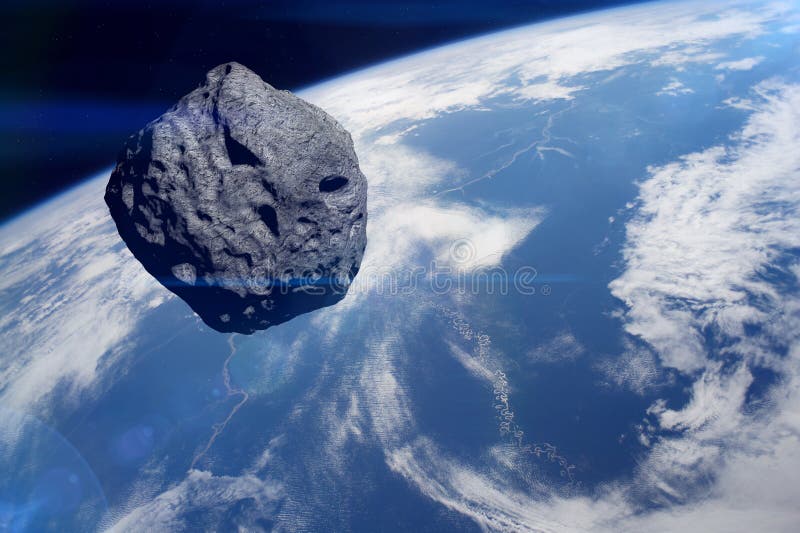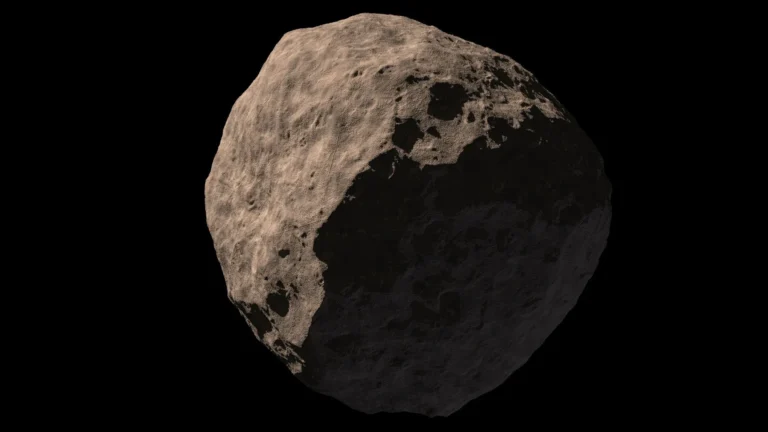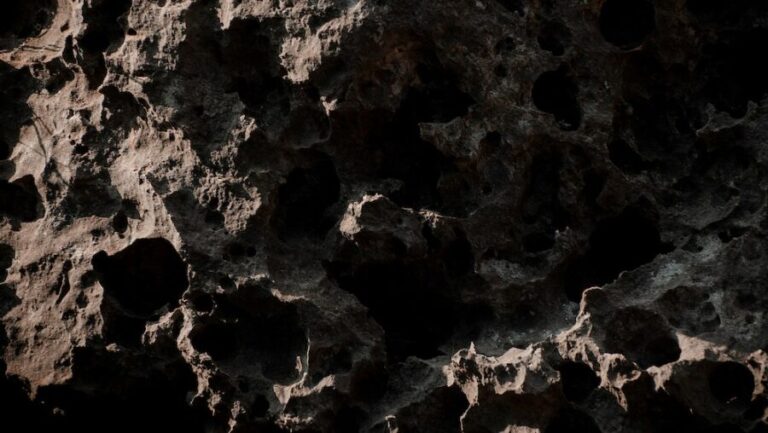
Audience
- Sentiment: Neutral
- Political Group: Moderate
- Age Group: 25-45
- Gender: All genders
Overview
- Asteroid 2024 YR4, measuring 40 to 100 meters wide, poses a potential threat to Earth, with a 2% chance of impact in December 2032.
- Scientists use telescopes and radar to track asteroids and have ranked 2024 YR4 a level 3 on the Torino scale, indicating a significant but manageable risk.
- The United Nations is actively monitoring the asteroid and considering deflection strategies, showcasing international cooperation in planetary defense.
Potential ‘City Destroyer’ Asteroid 2024 YR4 to Pass Close to Earth in 2032
Have you ever looked up at the night sky and wondered what’s out there? Along with twinkling stars and distant planets, our solar system is full of mysterious, rocky giants called asteroids. Most of these space rocks float harmlessly in space, but sometimes they make headlines because of the potential danger they pose to Earth. One such asteroid is 2024 YR4, which has caught the attention of scientists and space enthusiasts alike. Let’s dive into the fascinating world of asteroids and explore why 2024 YR4 is being labeled as a possible “city destroyer.”
What is Asteroid 2024 YR4?
Asteroid 2024 YR4 isn’t just any space rock—it measures between 40 to 100 meters wide, making it significantly larger than many other asteroids that pass near Earth. To put it into perspective, that’s roughly the size of a football field! This size is what earned it the nickname “city destroyer.” Imagine if something that big were to collide with Earth. Scientists believe that if 2024 YR4 did hit us, it could explode with the energy of nearly 8 million tons of TNT. That’s enough energy to create a massive explosion that would devastate everything within a 50-kilometer radius—a little over 31 miles!
The Close Call
Now here’s the thing—2024 YR4 is expected to make a close approach to Earth in December 2032. Right now, scientists estimate there is about a 2% chance of it actually hitting our planet. While that number sounds small, it’s still significant enough to warrant attention. If things were to get worse, and the chance of impact increased, we might have a serious problem on our hands.
When we talk about the “risk corridor” related to this asteroid, we’re looking at specific areas on Earth that could be affected if 2024 YR4 were to strike. Major regions of concern include parts of northern South America, the Pacific Ocean, southern Asia, and even parts of Africa. This raises alarms for countries like India, Sudan, and Venezuela. Life in major cities in these areas could be turned upside down if an asteroid were to hit. It’s a scary thought, isn’t it?
How Do Scientists Track Asteroids?
You might be asking yourself, how do scientists even know about these asteroids in the first place? Well, they use a combination of telescopes and radar technology to track the paths of asteroids as they travel through space. Each time scientists gather more data, they can update their predictions about an asteroid’s trajectory and whether it poses a risk to Earth.
In the case of 2024 YR4, experts have ranked its potential danger on the Torino scale—a tool that helps understand the likelihood of an asteroid impact. Currently, 2024 YR4 is ranked a level 3 on this scale, indicating it has a significant but manageable risk. To put it in context, lower levels on the Torino scale suggest that an asteroid is not a threat, while higher levels indicate more concern. This ranking shows that while there’s some risk, it’s not something we need to panic about just yet.
The UN Steps In
Recognizing the potential dangers posed by near-Earth objects like 2024 YR4, the United Nations has activated measures to track this asteroid more closely and develop possible strategies to deflect it, should the risk heighten. This action demonstrates international cooperation in planetary defense, which is especially important as asteroids can affect all of humanity regardless of national borders.
Inspired by successful tests on smaller, benign asteroids, scientists are preparing for various scenarios if 2024 YR4 starts to seem more threatening. Think of it as a “what-if” situation: what if we could nudge an asteroid off its path before it reaches us? While many out there are still skeptical of such methods, the advancements made in space technology give scientists hope.
Why Should We Be Concerned?
Now, some of you might be wondering why we should even be concerned about an asteroid that might not hit us for nearly a decade. Here are a couple of reasons:
- Impact on Daily Life: If an asteroid were to hit, the results would be catastrophic for nearby regions, affecting people’s lives, economies, and environments. Just think about it—cities could be destroyed, natural disasters could arise, and recovery efforts would take years or even decades.
- Learning from the Past: History has taught us that Earth is not immune to asteroid impacts. The most famous example is the asteroid that is believed to have led to the extinction of the dinosaurs around 66 million years ago. The knowledge gained from studying past impacts can help us develop better strategies for what lies ahead.
- Inspiring Future Generations: The study of asteroids and space encourages curiosity and innovation. Every time scientists learn something new, it opens the door for future explorations and understanding of our universe.
What Can We Do?
With all this news about asteroids and the potential for disaster, you might feel helpless. But here’s the good news: we can all be part of the conversation regarding planetary defense. By learning more about space and sharing this knowledge with others, we can help raise awareness about the importance of asteroid tracking and prevention. We can also encourage younger generations to delve into the fields of science, technology, engineering, and mathematics (STEM).
Moreover, you can watch for updates on asteroid research and discussions by scientists. Organizations like NASA and various space agencies often provide information on their studies and offer events around space science. You might even consider a career in this field someday!
Conclusion
So, here we are—a massive asteroid making headlines because of its potential threat, and a whole lot of scientific efforts going into making sure we’re prepared. The good news is that scientists are optimistic. Continuous research and a committed team of experts mean that our chances of dealing with an asteroid impact are improving.
As we look up at the night sky, let’s remember not to fear the darkness but to be curious about the mysteries it holds. What do you think about Asteroid 2024 YR4? Do you feel like we’re doing enough to protect ourselves from potential space threats? I’d love to hear your thoughts, so please leave a comment below!






